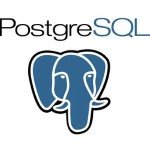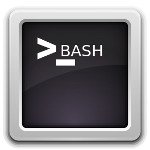-
PostgreSQL

PostgreSQL Database Tutorial
Course Overview In this post, we feature a comprehensive PostgreSQL Database Tutorial. PostgreSQL, often simply Postgres, is an object-relational database…
Read More » -
PostgreSQL

Connect to PostgreSQL using PHP
This article is part of our Academy Course titled PostgreSQL Database Tutorial. In this course, we provide a compilation of…
Read More » -
BASH

Linux Change Hostname Example
The hostname are aliases or labels used to identify easily each device within a network. In Linux desktop versions, is…
Read More » -
Linux

Linux Box as Router
In continuation of my previous posts where i’m create a distributed cloud infrastructure i need to connect VM’s on multiple…
Read More » -
PostgreSQL

PostgreSQL backup, restore, and migration Tutorial
This article is part of our Academy Course titled PostgreSQL Database Tutorial. In this course, we provide a compilation of…
Read More » -
PostgreSQL

PostgreSQL Hot-Standby Database Replication Tutorial
This article is part of our Academy Course titled PostgreSQL Database Tutorial. In this course, we provide a compilation of…
Read More » -
PostgreSQL

Common Table Expressions in PostgreSQL
This article is part of our Academy Course titled PostgreSQL Database Tutorial. In this course, we provide a compilation of…
Read More » -
BASH

Linux Find Large Files Example
Having our disk tidy and free of garbage occupies space is something we all want to do, but many times…
Read More »





